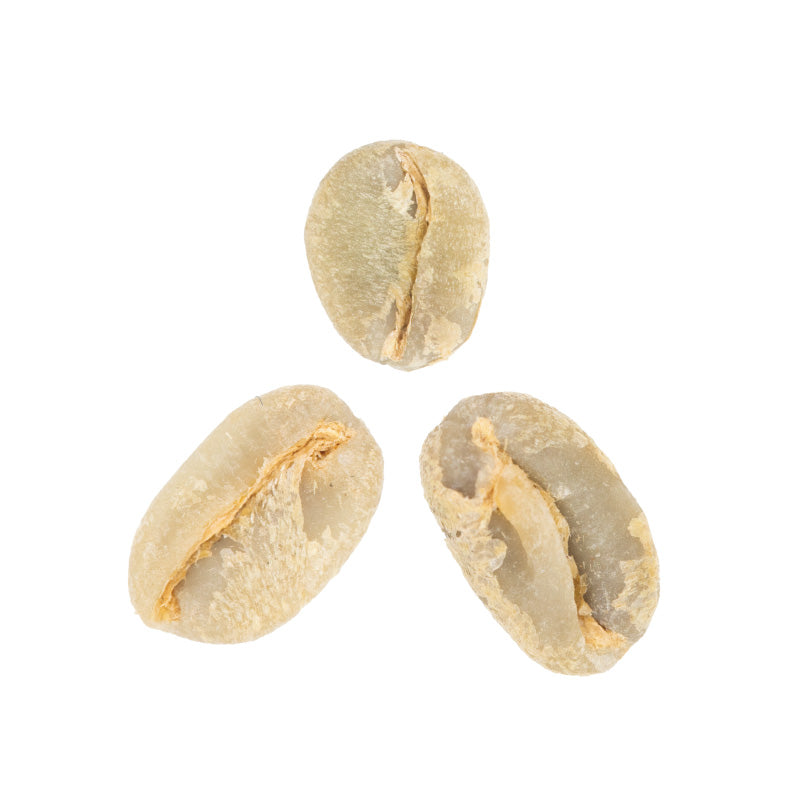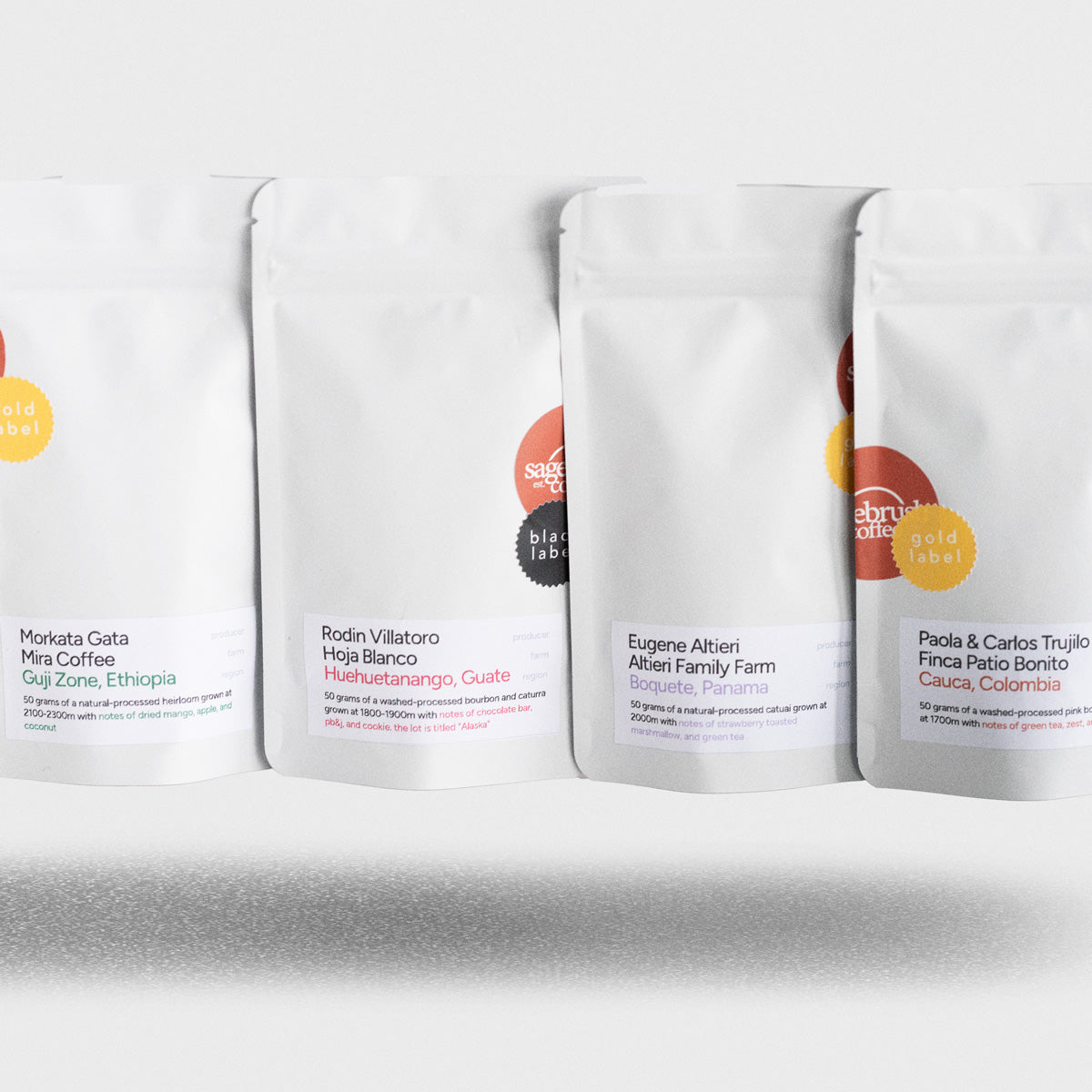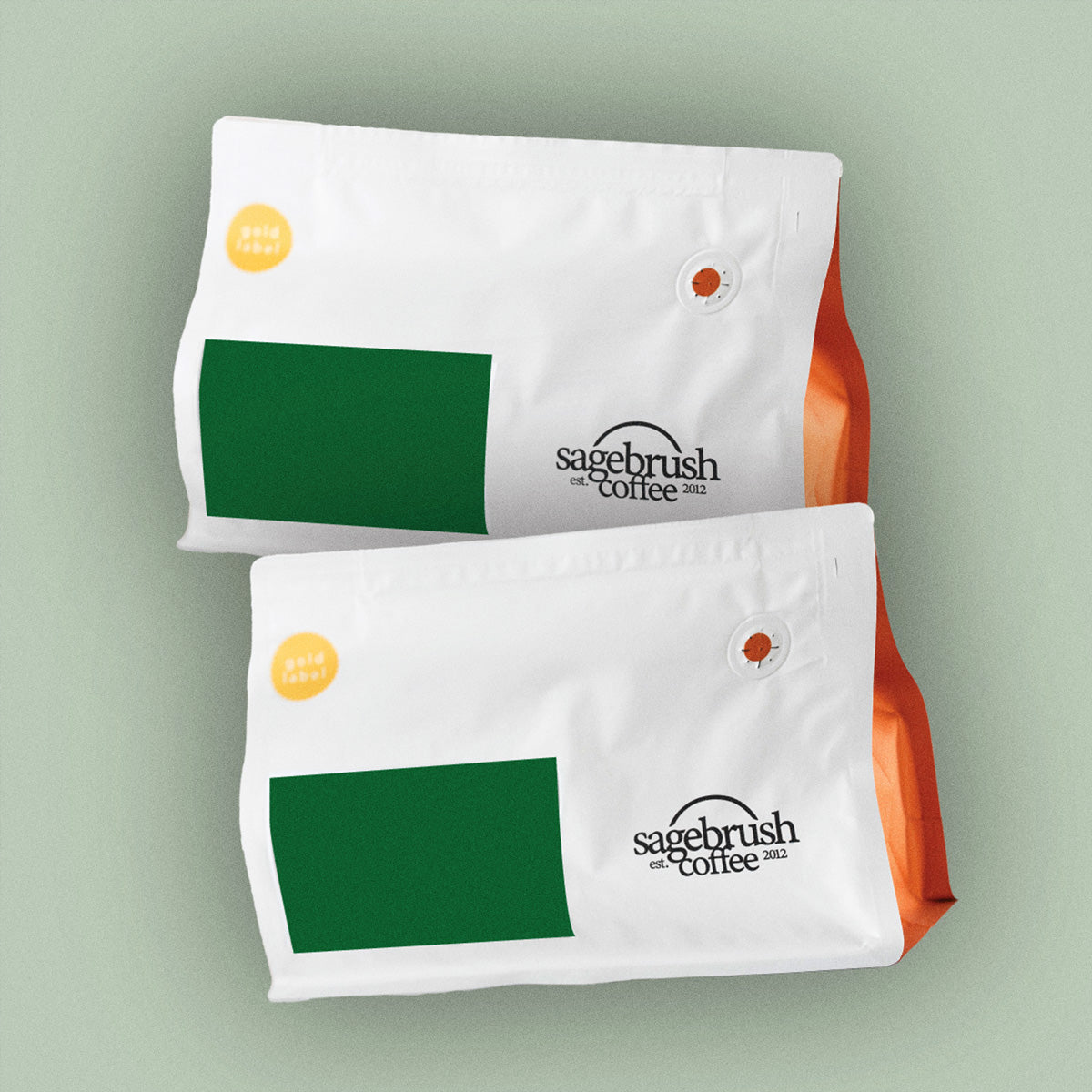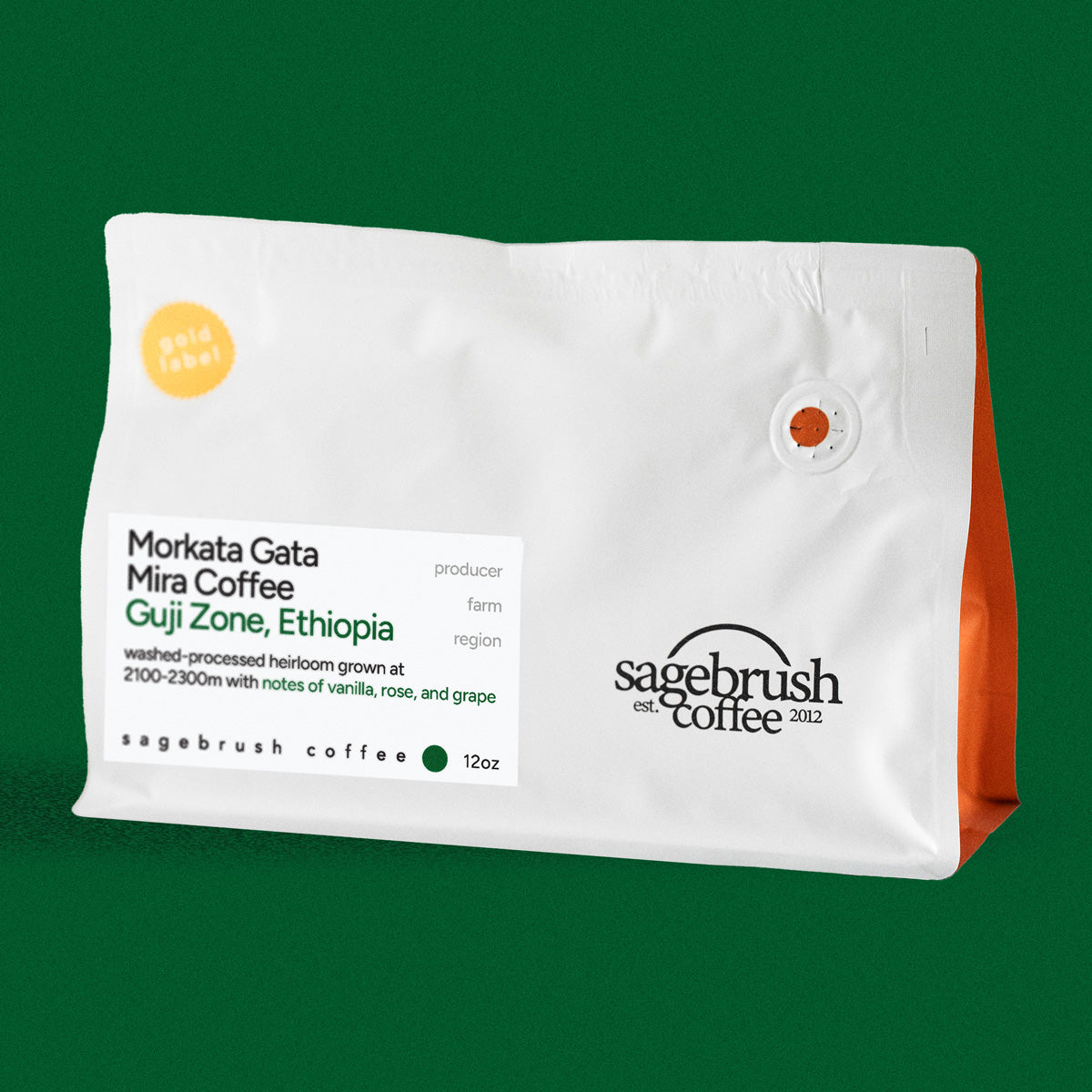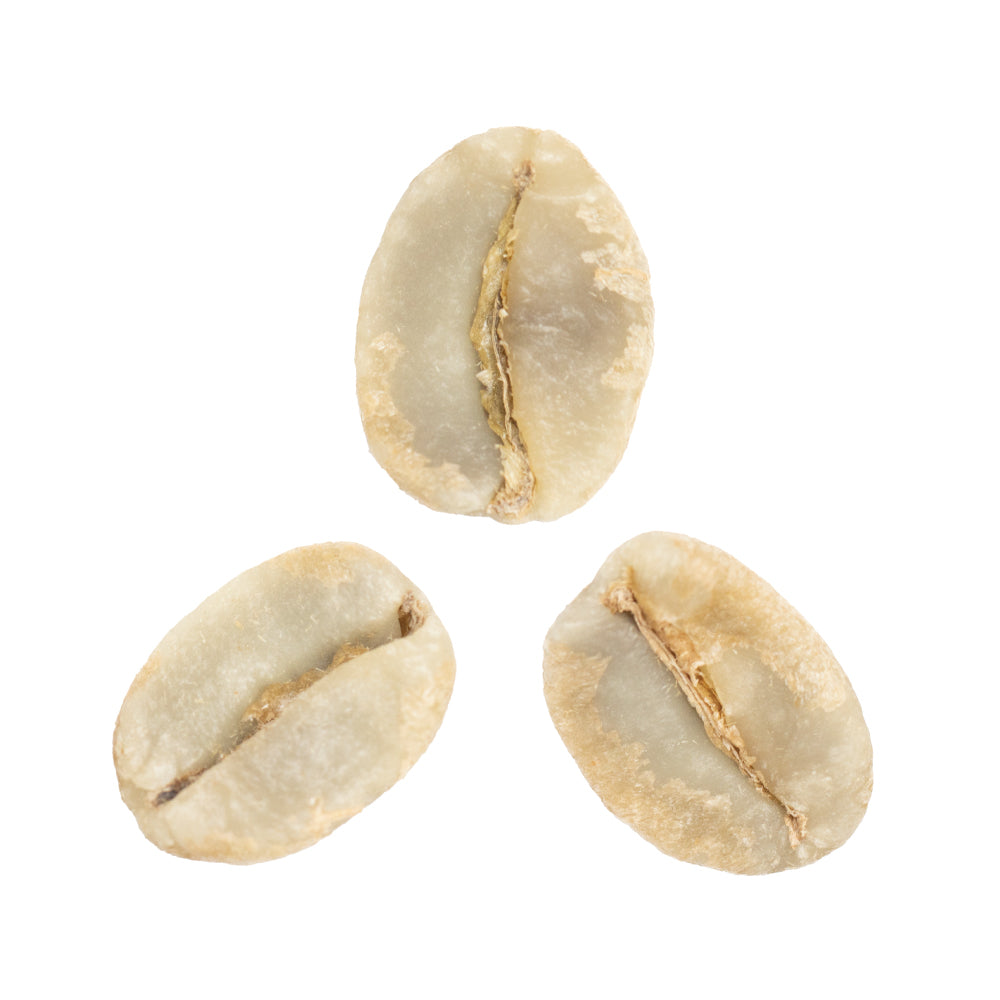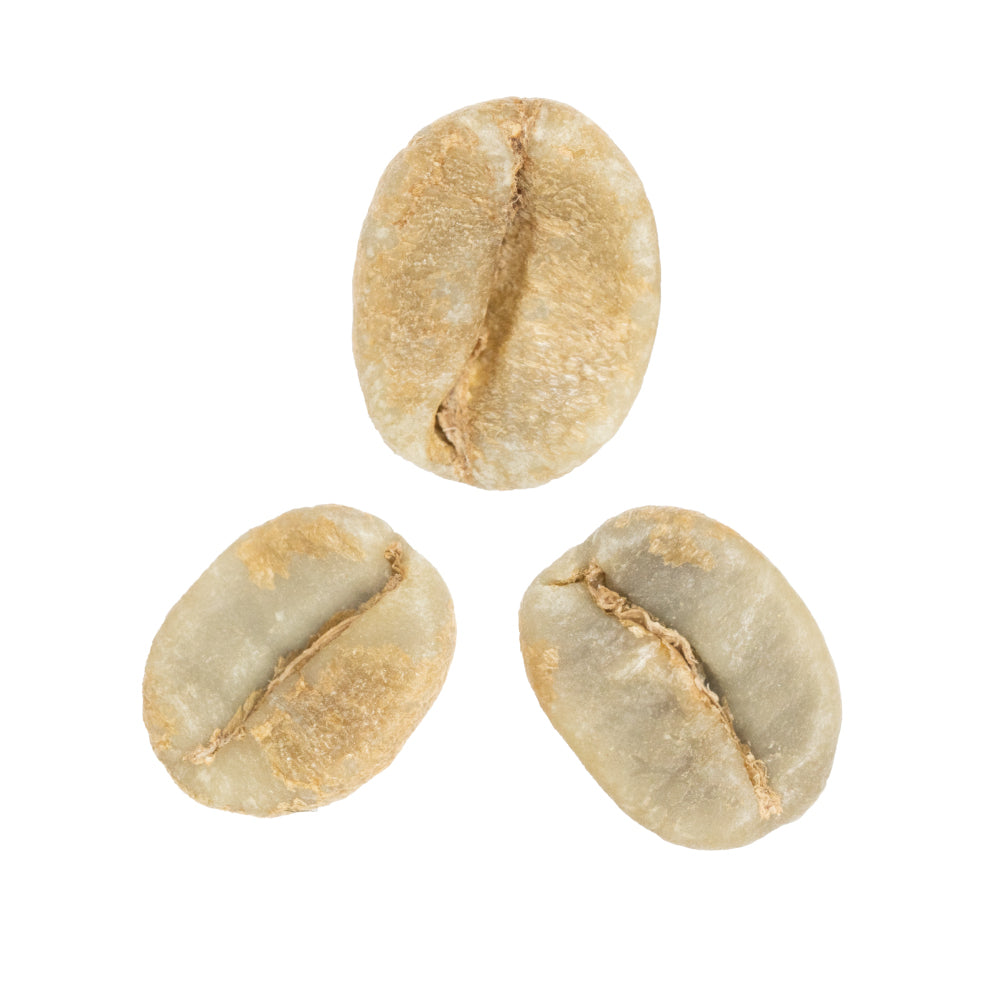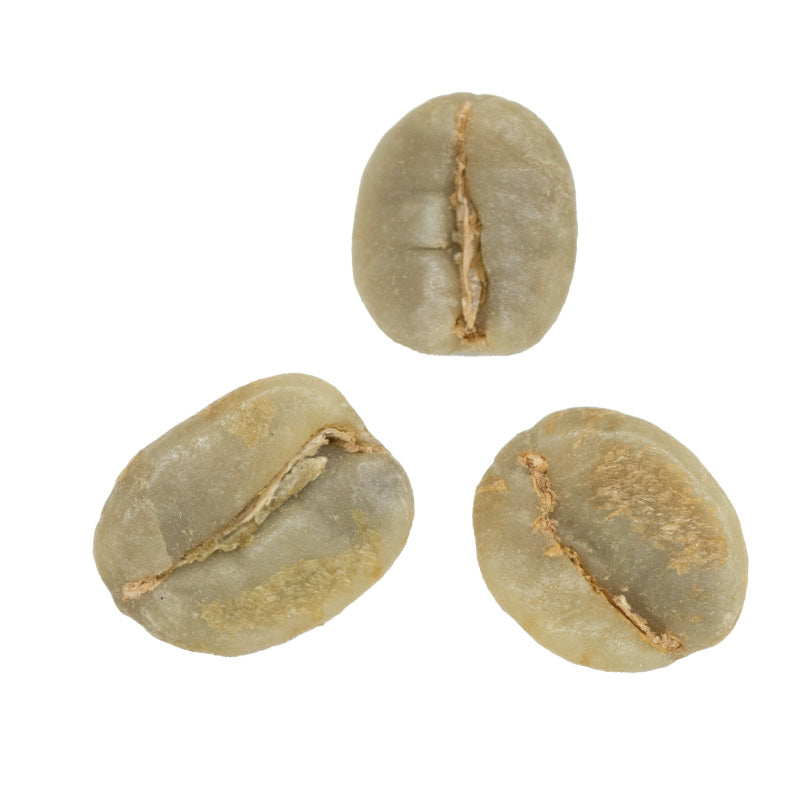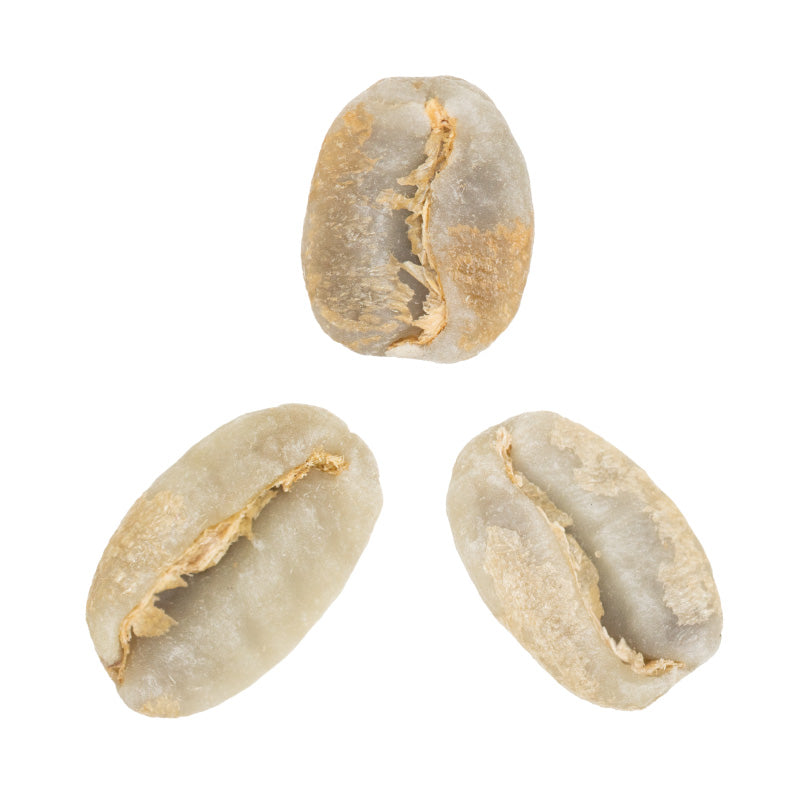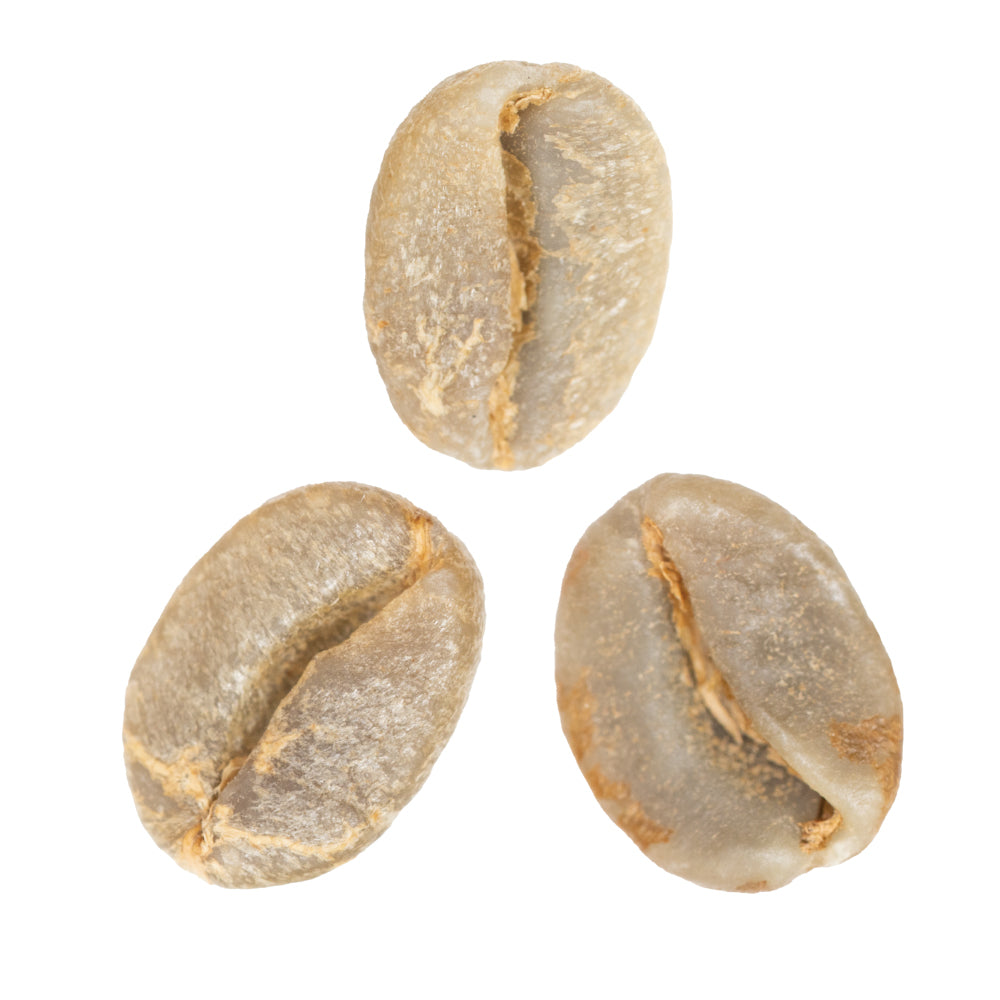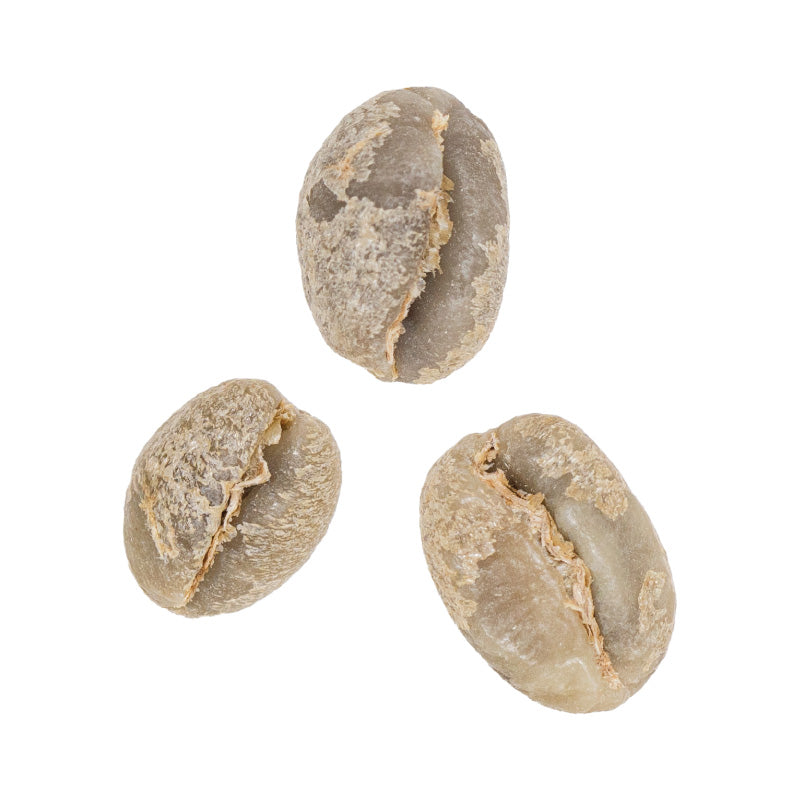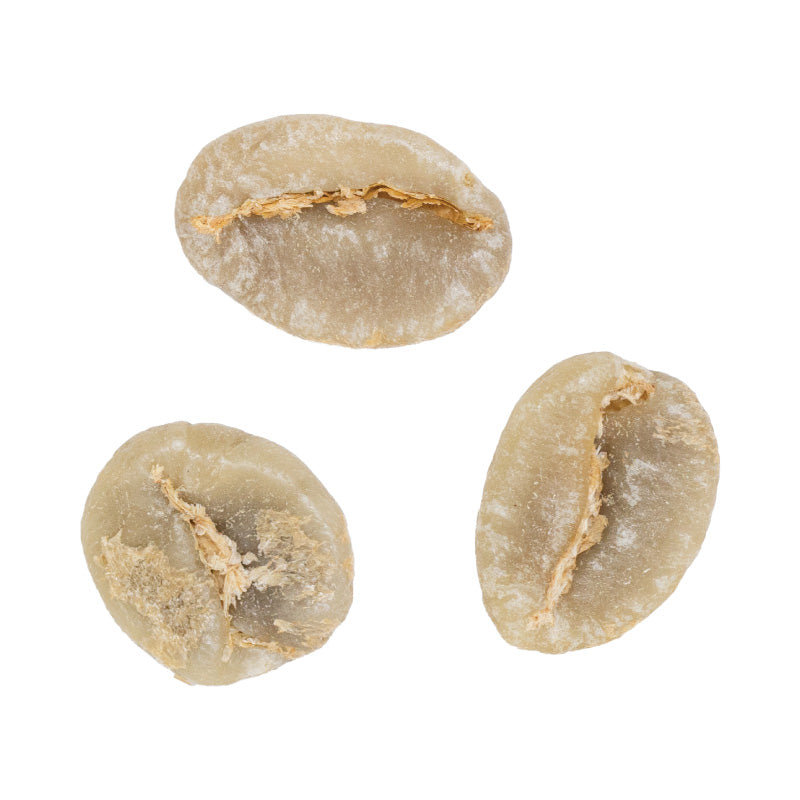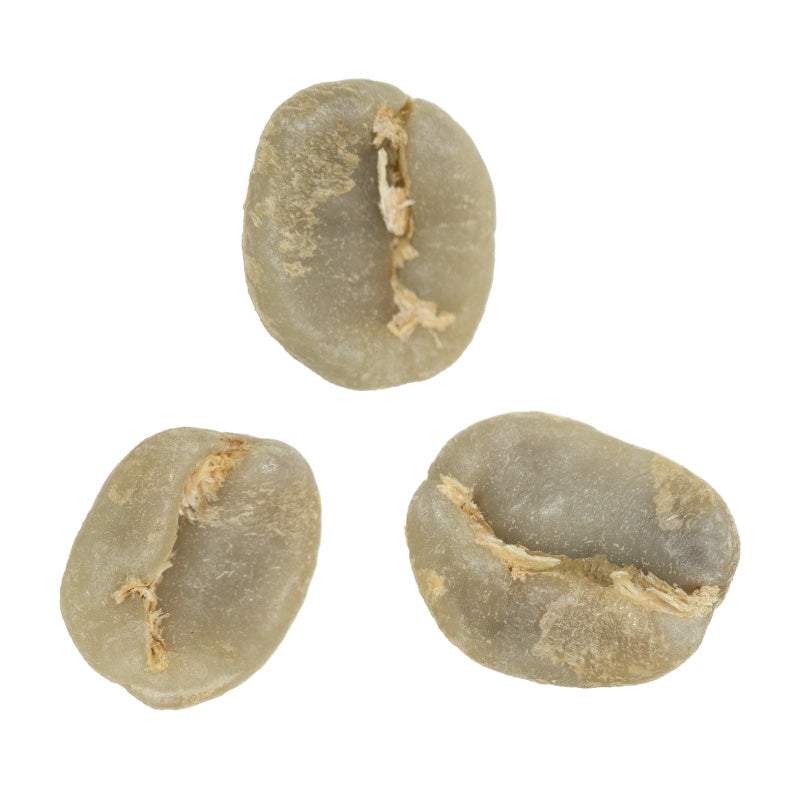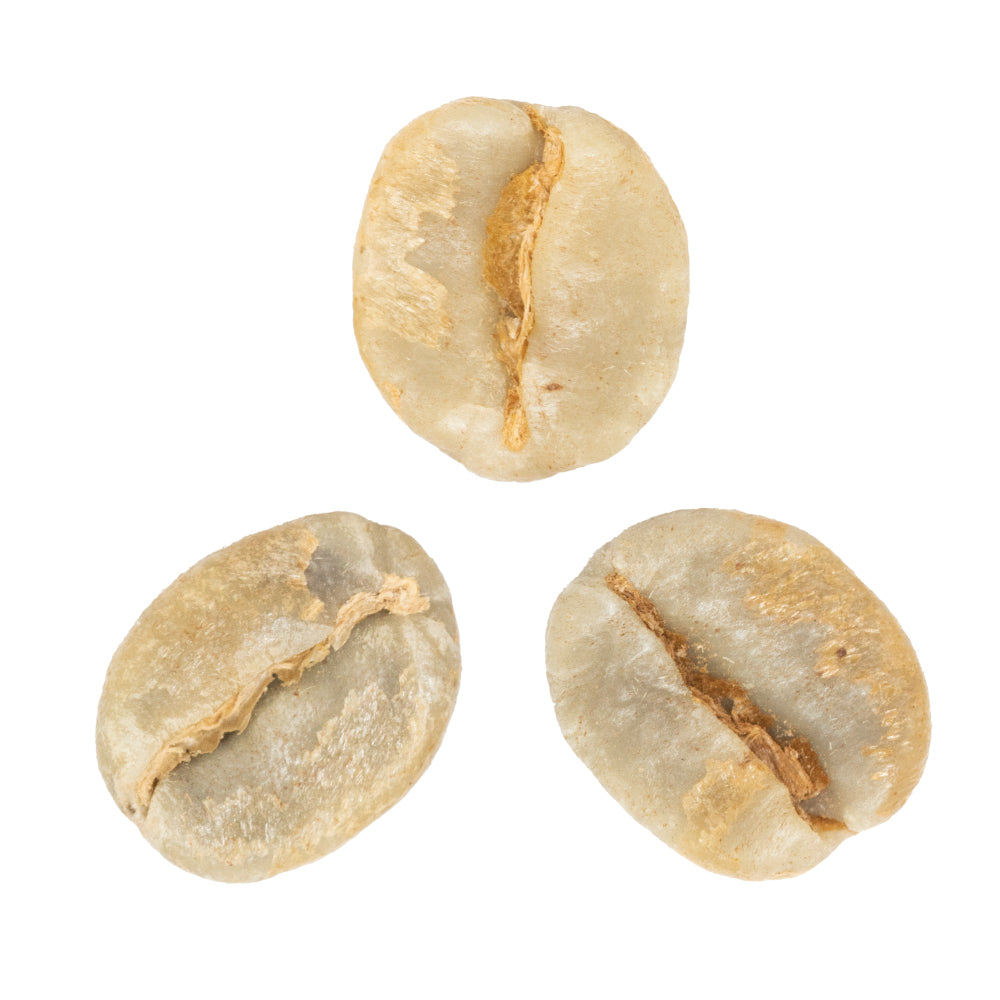Coffee Varieties Guide •
Read our Coffee Varieties articleWhat Are Coffee Varieties?
Every coffee bean begins as the seed of a bright red cherry growing on the Coffea Arabica plant. Those seeds are then extracted, processed, and packaged to become green coffee "beans".
But there is more than one variety of the Coffea Arabica plant.
It's like apples.
All apple trees belong to the same species, but the fruit they produce differs in texture, acidity, sweetness, and color (think, Granny Smith vs. Red Delicious).
Coffee varieties work the same way.
All coffee plants belong to the Coffea Arabica species, but there are literally thousands of different varieties that produce fruit with different levels of sweetness and acidity.
But where does the Coffea Arabica plant come from? Ethiopia!
That's right–coffee originally comes from Ethiopia.
Way back around the 1400 or 1500s in Ethiopia, a single variety of this plant was transported to Yemen. From Yemen, it spread all over the world, giving birth to dozens of different varieties along the way.
If you've been around specialty coffee for any period of time, you're probably familiar with some of these: Bourbon, Typica, Gesha.
But did you know that there are still thousands of unclassified coffee varieties in Ethiopia today? It is from these varieties that we get "heirloom" or "landrace" varieties.
Heirloom: The Catch-All of Coffee
Technically, there is a difference between the terms "heirloom" and "landrace".
"Landraces" are essentially coffees that grow wild in Ethiopian forests. These varieties have evolved naturally over time and are often referred to in Ethiopia by their region (like Jimma or Yirgacheffe) rather than their variety (like Bourbon or Caturra). Landraces are known for their unique flavor profiles and high genetic diversity.
"Heirlooms", on the other hand, are varieties which have been selectively preserved and passed down through generations. They're usually descended from landraces.
But in recent days, the line between these two has been blurred, with them being used almost interchangeably much of the time. The word "heirloom" now has become a kind of catch-all, umbrella term to refer to the many different, unclassified Ethiopian varieties.
This isn't ideal, however.
For Ethiopian coffee farmers, it's not ideal since the lack of transparency and traceability prevents them from earning a higher income. For roasters, it's not ideal as they aren't able to differentiate in profiles between Ethiopian coffees. And for consumers, it's not ideal as they have no way of knowing which variety or region is their favorite or least favorite as it's not delineated.
In general, roasters have begun to use the term landrace more frequently as it more closely reflects the regional environment of the coffee than the term heirloom.
It's not complete chaos out there, though.
The Jimma Agricultural Research Center (JARC) in Ethiopia has been working with World Coffee Research to select certain Ethiopian varieties and breed them for disease resistance and other desirable traits. So, roasters can at least distinguish between regional landraces and JARC-improved varieties.
Heirloom Coffee Flavor Profile
Regardless of the terminology, one thing is certain: Ethiopian coffees are delicious.
They're like a box of chocolates—you never know exactly what you'll get, but you know it'll be delicious.
Heirloom coffees are known for being unique and exquisite–fruity, floral, sometimes with a chocolatey finish. They're usually bursting with bright acidity and sweetness. And then there are the additional flavors and complexity the processing method adds.
Every cup of heirloom coffee isn't just a drink—it's a sip of history, a taste of Arabica coffee's living legacy.
Explore Heirloom Coffees
Morkata Gata • Natural-Processed Guji Heirloom
Taste of Ethiopia • Combo 2 Pack
Morkata Gata • Washed-Processed Guji Heirloom



